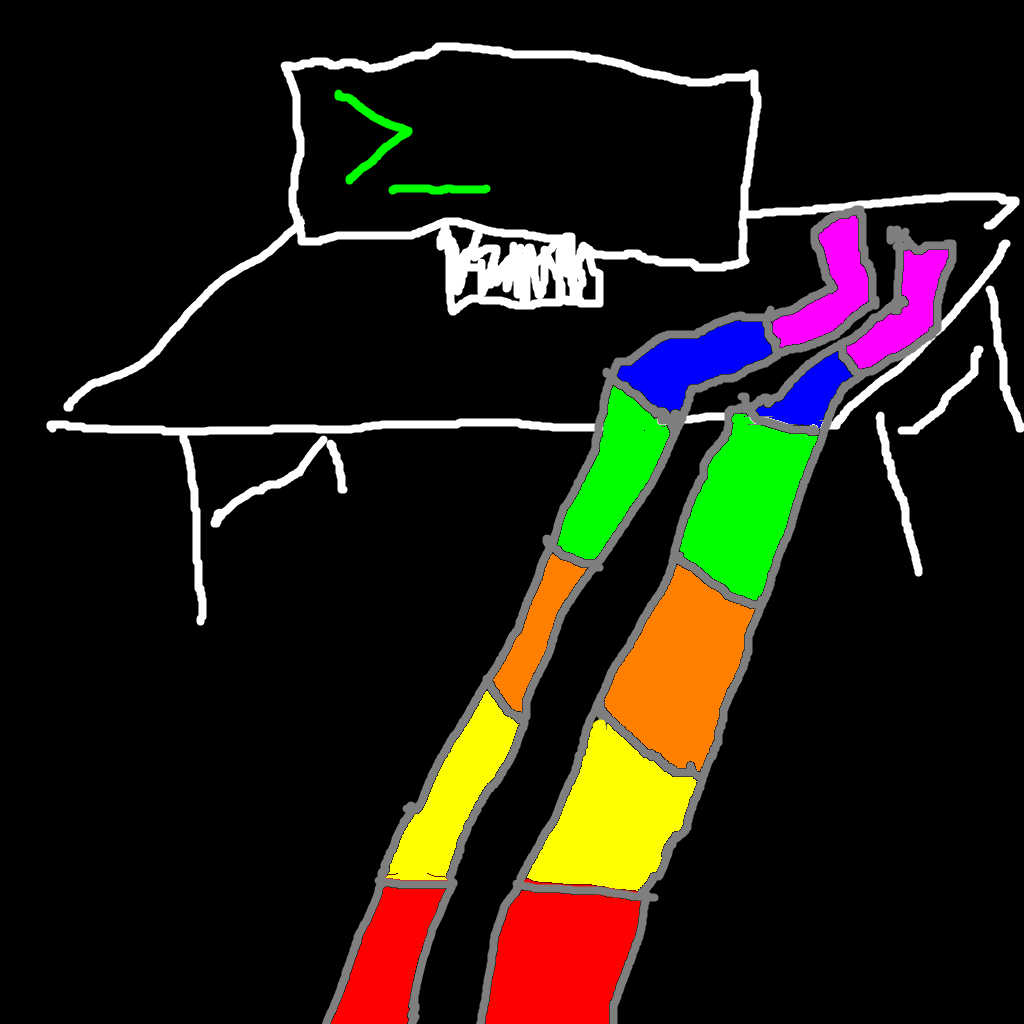- 0 Posts
- 14 Comments
So, a limiter and a compressor are actually the same thing! Just used in different contexts. You can think of a limiter as being a compressor set to extreme values, so that you can guarantee that at no point will the volume go beyond a certain threshold.
So let’s think of like, a guitar string being plucked. It starts out loud and percussive, you get some string noise as well. Then the actual tone is played, starts as loud as it will ever get, then gradually reduces in volume over time naturally as the energy in the string is lost.
Suppose we set the limiter to be a very low threshold, just above the quiet ringing you would hear after like 15 seconds of letting the guitar string resonate. Essentially the limiter will aggressively turn down the volume during the whole beginning, then ease off as the tone naturally quiets.
The final result is that you’ve transformed a sound wave that started out with a large amplitude that gradually got smaller, into one that has a generally uniform amplitude throughout its entire duration! Then, as with all compressors, since you’ve actually reduced the amplitude of the wave, you can now turn the volume waaaaaaay up without clipping out. So now, stuff that used to be quiet is now just as loud as the loudest parts of your recording. A rustling leaf would be played at the same volume as a gunshot.
The issue this creates with vinyl is that carving such an extreme waveform into a physical medium results in a path the needle simply can’t follow accurately.
Imagine an old wooden roller coaster, one in which the cart isn’t attached to the track other than by gravity holding it there. If you included a sudden massive drop when the cart was moving at high speed, it wouldn’t follow the track, it would actually fly off the track briefly as it can only accelerate downward as fast as gravity will allow.
If the needle is the cart, and the carving in the vinyl is the track, these moments of air time will create audible distortion. It’s actually a bit more precarious than that, even, as vinyls actually use not only the up and down components of gravity, but left and right as well. The two tracks superimposed are what allows us to create a stereo image (having distinct sounds in the left and right speakers).
There’s also a ton of other things that can cause distortion, but I don’t want to ramble on forever! The basic rule of thumb is that a vinyl master essentially just has less low end. From what I understand, this is the root of why many people prefer “the sound” of vinyl, they simply prefer a slightly more mid-dominant mix
It’s the opposite, no? Vinyl can’t handle the explosive dynamics common in modern music (especially electronic) due to the skipping issue, so any sharp peaks like that need to be compressed to make the overall mix more mellow

 1·7 months ago
1·7 months agoit’s for the best tbh
He had a firearm pulled on him once actually, he walked away very quickly while continuing the bit haha
I read it as being a gay thing mainly, but it’s definitely inclusive of trans experiences as well

 6·1 year ago
6·1 year agoOh I love the Garfield content, instant sub ty

 4·1 year ago
4·1 year agoI felt somewhat disappointed with the manga ending back when I read it. I even remember reading some quotes from the author where he said he thought he “didn’t execute it well”, or something to that effect. It all just left me feeling a little deflated.
This was a very difficult ending to pull off in the best of circumstances, and then it unfortunately had some problems with pacing and clarity. Nothing too major, really, but just enough to make everything feel a little off. It wasn’t a great way to feel at the end of an otherwise 10/10 story.
However, I am extremely pleased with the anime ending! I felt like they totally addressed the issues I encountered. The pacing in general felt so much better, and in particular I think the rework of the conversation between Eren and Armin was excellent.
I think this is the best version of the story. I’m glad it came out the way it did and that people are receiving it positively
This distant future is now!
Actually I think they’re both wrong, the universe is the bong rip, man

 4·1 year ago
4·1 year agoYoooo hey congrats! And yes I agree
You might be experiencing some type of markdown error because they cancelled the formatting for illustration purposes, here’s a screenshot of their comment
you put text in brackets, and then you put the link in parentheses

 9·1 year ago
9·1 year agoThey help protect your legs from the laptop heat
the letters rearrange, revealing her true identity, Loamy Sand
Holy hell
Actual inversion fallacy

Me and who